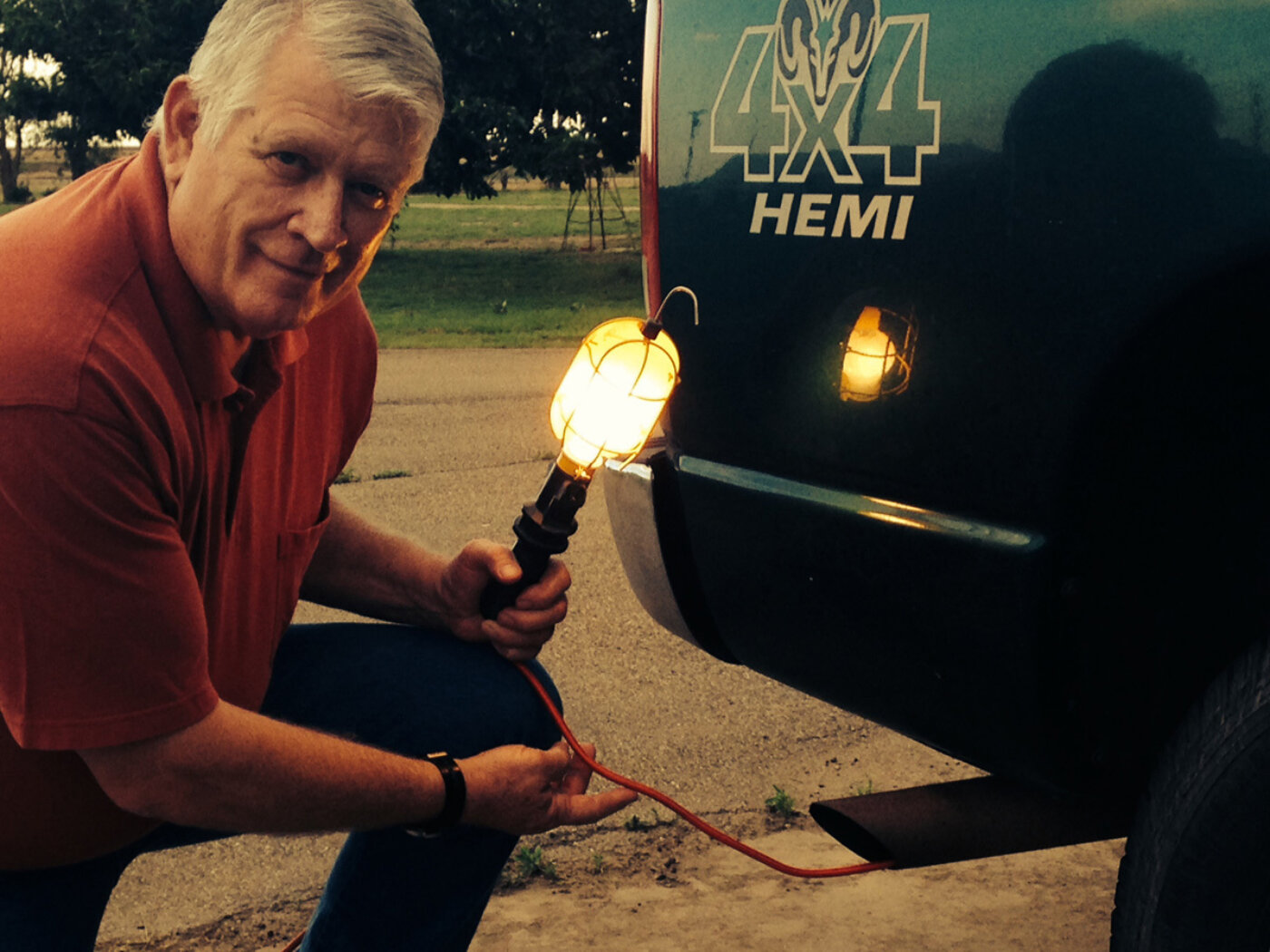
Free Electricity From Exhaust Gas?
Yes, absolutely, and the list of uses is virtually endless. According to inventor Johnny Rowland, the typical internal combustion engine is only 25- to 30-percent efficient in converting energy from burning fuel into useful mechanical work. Which means that 70- to 75-percent of the fuel's energy content is lost to heat and other various parasitic forces.
But that’s no longer the case with the Rowland Turbo Air Generator (RTAG), Rowland claims. He says the device transforms waste heat and exhaust energy from an internal combustion engine back into useful electricity. This "free" and extra electrical power can assist in other vehicle or installation needs, or can be stored in batteries or battery packs used in hybrid auto applications or in Alternate Power Units for semi-tractor trucks.
The RTAG system mounts a turbocharger downstream in an engine's exhaust (with no increase in back pressure, Rowland says) and the pressurized air from the cool side of the turbo is used to spin the vanes of an aircraft-type wind generator; thereby making use of energy which is normally lost into the atmosphere. And this reclaimed energy materially adds to the overall efficiency of the engine.
For motor vehicle versions, turbo airflow to the wind generator is supplemented by ducting pressurized air from the exterior of the vehicle at highway speeds. In this mode, the RTAG can continue to generate electricity even when the engine is not running (such as on a hybrid running in electric-only mode).
The RTAG has a design option which allows "on demand" use rather than full-time operation. This features the turbo installed in an additional "loop" on the factory exhaust tubing and by using electric cut-outs, the exhaust stream may easily and quickly be re-routed through the turbine for generating electricity. The remotely mounted turbo is also an extremely effective muffling device for dampening exhaust noise.
In actual practice, the RTAG makes 14 volts of electricity (which is what the belt-driven vehicle alternator makes) at 35 mph in the prototype vehicle. An extensive feasibility study, performed by the Lawrence Regional Technical Center, an independent technical group, predicts a viable future for the Rowland Turbo Air Generator.
By way of background, Rowland is known for a variety of products and media endeavors, such as the 460 Rowland cartridge, ThunderMaxx Performance, Guns and Gears TV, Johnny Rowland News, Guns, and Motorsports radio programming.

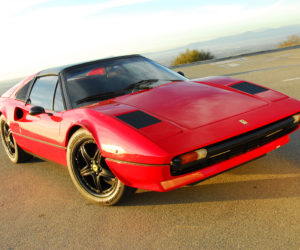

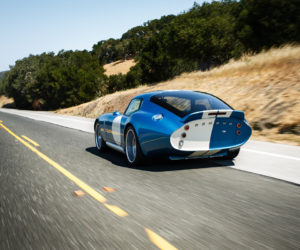
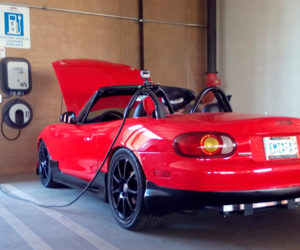

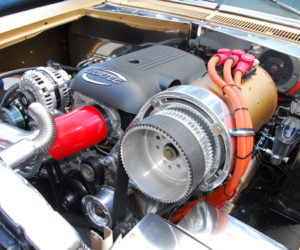




Comments for: Free Electricity From Exhaust Gas?
comments powered by Disqus